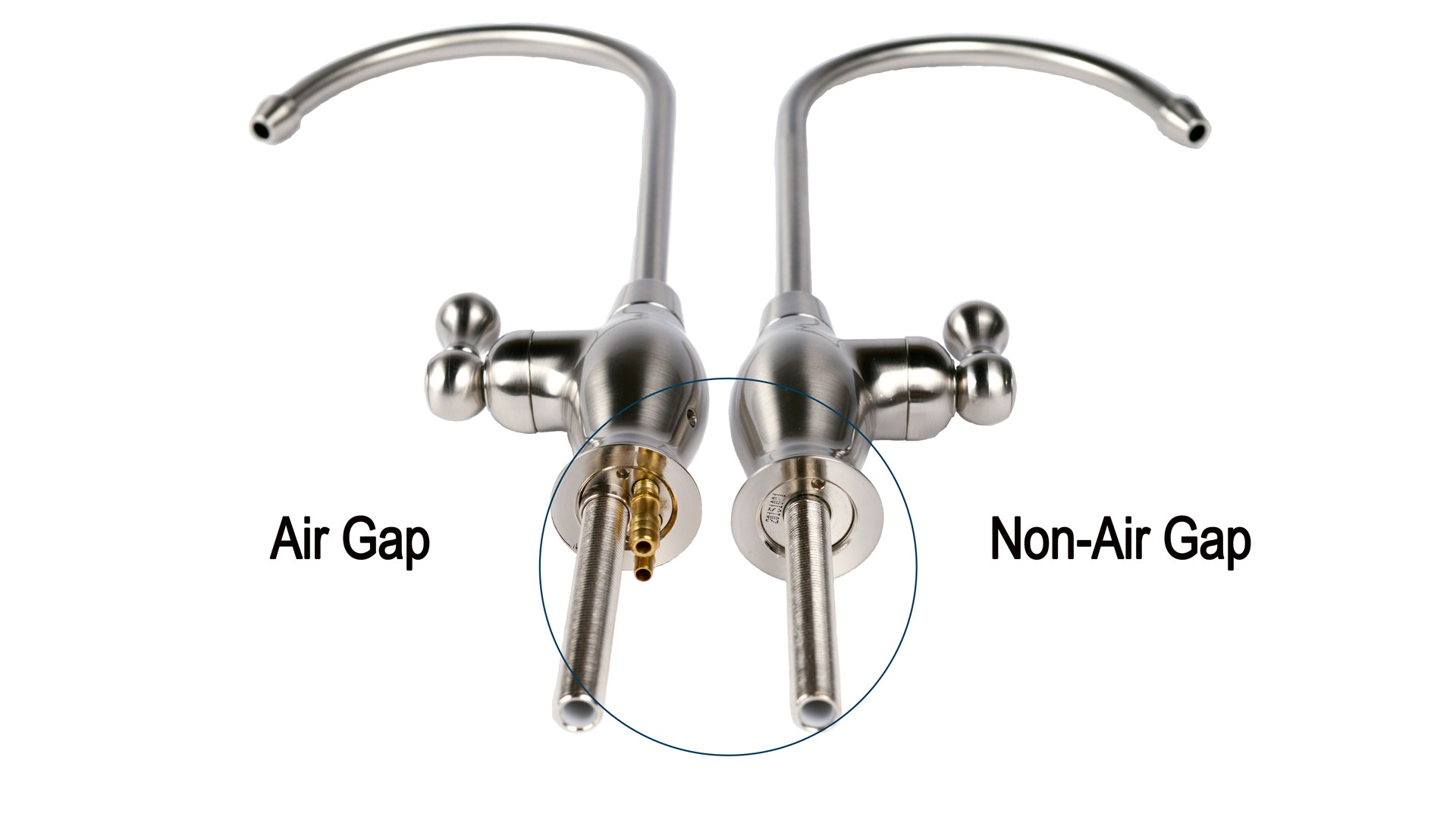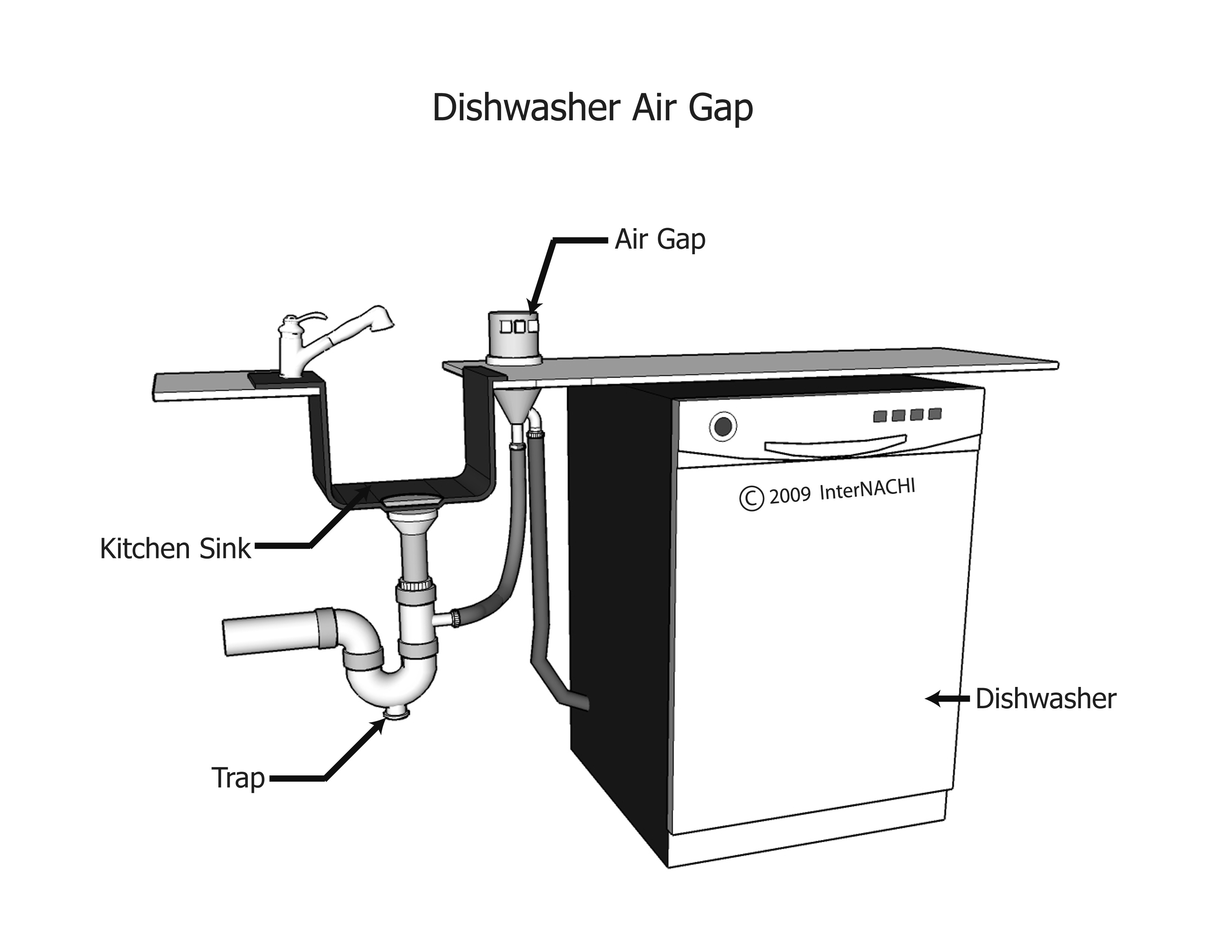
In this context, air gapping plays an important part in the well-known “3-2-1” backup strategy already used by a lot of organizations. The biggest reason why air gapping is considered this advantageous in terms of security is rather simple – the overwhelming majority of security threats are spread via either the Internet or the ability of workstations and regular PCs to connect to one another, as well as to all kinds of other, different devices.Īnother advantage of air gapping is its position as a “final resort” of sorts, ensuring that at least one copy of a company’s data survives no matter what. Air gapping implies physical separation of a device or a network of devices from outside influence, including both physical and wireless connections – meaning that FTP clients, browsers and email clients within this network are completely disconnected from the rest of the world.

The shortest way to describe how air gapping works is the word “isolation”. Air gapping is a security measure that uses physical isolation from other devices and networks to prevent unauthorized access to sensitive information. It is also often the last line of defense against either system failures or malicious acts against a company’s sensitive information.

The definition of air gappingĪir gapping is a relatively old concept in the context of data security. Having established the general background of a couple of data security models, it is time to move on towards the main topic of this article – air gapping. Meanwhile, the traditional “perimeter” security model remains fairly popular. However, this particular system can be difficult to implement, and is a significant investment of both time and resources for companies – some of the reasons why it is perhaps not as popular as it could be. The data-centric security method uses a lot of context to protect the data itself, rather than the fixed perimeter. In its place, a data-centric security approach was presented to these issues. The traditional security approach often had issues with protecting data not stored inside of the “perimeter” around the company’s internal network. In more recent years, a different approach started to gain popularity – a data-centric security system. This kind of approach worked well for quite a while, but the increase in Internet usage – and ways to use it – the world over, coupled with the drastic increase of remote teams in companies led to this security approach becoming less effective over time. The classic approach to data security tended to be about building a secure “perimeter” around a company’s internal network, with multiple layers of security preventing threats affecting what is inside of that “perimeter”. There are many ways to approach data security, and the topic itself can be extremely complex. With data security being this big of a priority for the past few years (and considering the fact that the trend in question shows no signs of stopping) – it is easy to see why data security has become one of the most prioritized topics for the overwhelming majority of companies in the world.

In fact, these growth rates are so alarming that Cybersecurity Ventures predicts a ransomware attack happening somewhere on the planet every 2 seconds by the year of 2031, with the annual ransomware costs being a massive $265 billion. It would be a rare company that is not frequently transmitting many kinds of data between its internal or/and external devices, so it is fairly easy to understand how ransomware attacks are so common these days. The threat of cyber attack is as important as ever nowadays, with the number of data breaches and cybercrimes growing at an alarming pace with every passing year. Different types of an air gapped system.Examples of air gap cyber security systems.Maintenance, Administration Jobs and special Jobs.Enterprise Data Backup Best Practices (Prior to installation).


 0 kommentar(er)
0 kommentar(er)
